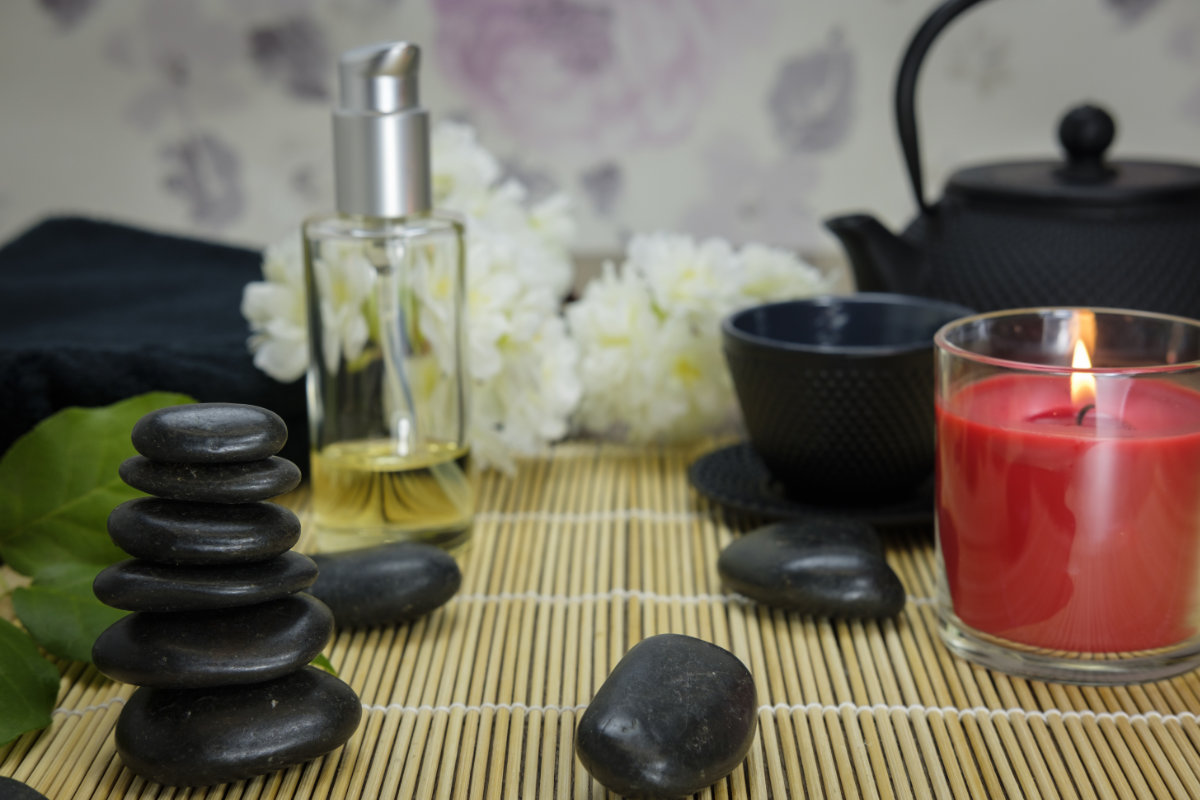
Ayurveda
Ayurveda is an ancient Indian, natural system of medicine that has been practiced for over 5,000 years. It is a holistic treatment, that is it treats the whole being, and has an emphasis on the use of body, mind, and spirit in the prevention and treatment of illness. This holistic approach aims to promote a sense of wellbeing, including physical strength, improved health, mental fitness, inner peace and calm.
Ayurveda encompasses a wide range of treatments including:
- guidelines for a healthy lifestyle and diet
- a course of purification to detoxify the body and energise its healing abilities
- herbal preparations
- massage
- exercise
- breathing and meditation
- spiritual advice.
The doshas
Ayurvedic practice is founded on the belief that good health is enjoyed when there is a balance between three fundamental bodily humours, or ‘doshas’, known as Vata, Pitta and Kapha. Each of these doshas has certain attributes or body-mind types, and our individual dosha make up - and so our traits, likes and dislikes - is determined by that of our parents at the time of conception. We are generally a combination of the three doshas, although there is usually a dominant one, and when they are in equilibrium, as they are when we are born, a perfect state of health may be enjoyed. But if they become imbalanced, as may happen for many reasons, our health and behaviour will be affected.
- Vata is the driving force which mobilises the function of the nervous system and relates to the body’s energy centre.
- Pitta is fire which relates to digestion, metabolism, enzymes, bile and acid.
- Kapha is body fluid which relates to mucous, lubrication, phlegm, moisture, fat, the lymphatic system and the carrying of nutrients.
What should I expect at an appointment?
There is no ‘norm’ or typical session as this will vary from one practitioner to another. Each individual will react differently to treatment so for some treatment may be short whilst for others longer may be needed.
Diagnosis is usually by three main methods: detailed observation of your appearance, examination of the body by touch (pulse diagnosis), and detailed questioning about your life and health.
After diagnosis your practitioner should discuss with you your treatment plan, including how many sessions you might need, and this plan should be updated as treatment progresses.
How do I find an ayurvedic practitioner?
Ayurvedic practice is not regulated in some countries. It is therefore helpful to ask your doctor or other healthcare professional for recommendations.
Treatment is not generally state-funded so you may have to pay for any treatment you receive. There are many practitioners in the East but fewer in Europe due to the lengthy and complex training required. Accreditation and training varies throughout Europe so it is best to check the experience of anyone you consult and always ask for references.
A distinction is generally made between an ayurvedic practitioner and an ayurvedic therapist. A practitioner is qualified to diagnose conditions from an ayurvedic perspective as well as prescribe and administer all ayurvedic therapies, whilst a therapist is qualified to give ayurvedic nutrition and lifestyle advice and administer ayurvedic hands-on treatments such as massage, but not to diagnose conditions or prescribe remedies.
Acknowledgement
We would like to thank the following for their contribution to this information:
- Balthasar Schaap, MD..
We would like to acknowledge the use of information taken from the European Parkinson’s Disease Association website http://www.epda.eu.com












